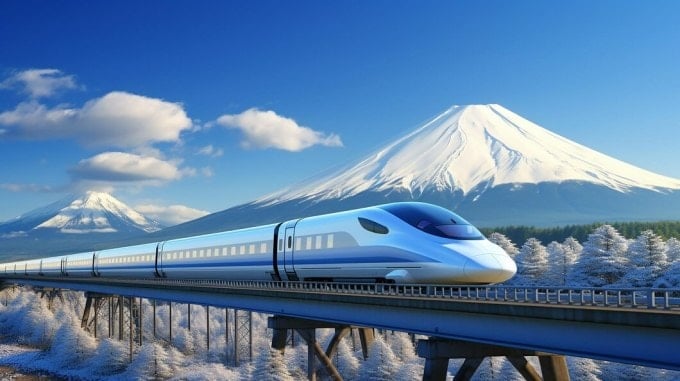
On the morning of October 1, 1964, the blue and white train glided smoothly through the vast urban landscape of Tokyo. The elevated tracks carried the train south, towards Osaka.
60 years ago was considered the dawn of the era of the Japanese shinkansen bullet train. The trains were considered a symbol of the country's amazing recovery after World War II. Experts called the shinkansen "the technological wonder of the 60s", contributing to Japan's return to the rankings of the world's leading powers. Shinkansen (new line or new artery) has become a byword for modernity, speed and efficiency of travel in the world.
Today, the typical image of Japan that tourists often see is a shot of a shinkansen train gliding past the snow-covered foot of Mount Fuji.
When the Nishi Kyushu Shinkansen line connecting Nagasaki and Saga prefectures in southwestern Japan opened in late September 2022, the local tourism industry saw significant growth within just one year.
As of September 2023, more than 2.37 million passengers used the Nishi Kyushu Shinkansen line. Many tourists visited the places along this line thanks to its convenient transportation and fast travel time.
Taishoya, a traditional-style inn located in the heart of Saga City's hot spring resort, is 2 kilometers from Ureshino-Onsen Station on the Shinkansen line. Since the introduction of the bullet train, the inn has served about 42,000 guests, up 40% from the same period in 2019.
Tsuyoshi Yamaguchi, the inn manager and director of the local tourism association, said the number of visitors to the inn has exceeded pre-pandemic levels.
Similarly, the extension of the Shinkansen line connecting Fukuoka in the north to Kagoshima in the south has reduced the travel time between the two prefectures to 3 hours 42 minutes, from 5 hours previously. The fast, accessible mode of transport has helped boost tourism on the island of Kyushu (which includes the two prefectures).
In 1889, the train journey from Tokyo to Osaka was 16.5 hours. If you walked, it would take two to three weeks. By 1965, it took residents and tourists just 3 hours and 10 minutes by shinkansen.
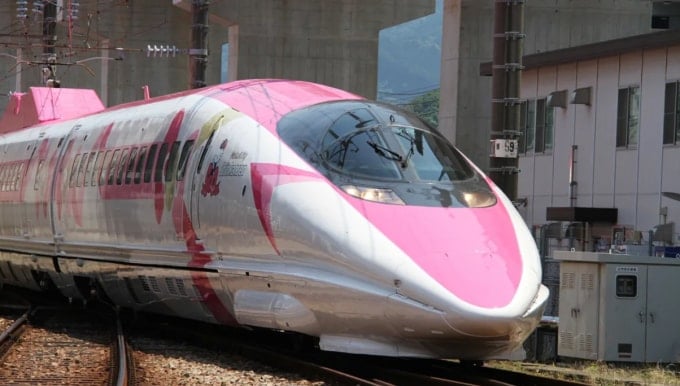
According to a report by the Japan National Tourism Organization (JNTO), prior to the pandemic, the number of international visitors to Japan increased from 8.4 million in 2012 to nearly 32 million in 2019. This increase in tourism boosted the country's economy . On average, more than 220 million passengers have used the Shinkansen (train) annually over the past 10 years, according to Statista.
Experts point out five benefits that shinkansen brings to the tourism industry: easy accessibility, convenience, comfort, economic impact and environmental friendliness.
Transportation systems play a crucial role in tourism development. The impact of high-speed rail lines demonstrates a significant shift in tourist behavior. When accessibility to a favorite destination is limited due to an inefficient transportation system, tourists will seek alternative destinations. Therefore, the introduction of high-speed rail significantly impacts tourist destination choices.
Since 1964, the shinkansen network has been steadily expanding. From Tokyo, there are trains to Kobe, Kyoto, Hiroshima with speeds up to 322 km/h. The convenience and comfort make the shinkansen familiar to tourists and become a symbol of Japan's modernity and technological progress.
In addition, the Shinkansen is renowned for its punctuality and safety, making it a favorite mode of transportation for tourists. There have never been any passenger deaths or injuries on the Shinkansen high-speed train network due to derailments in its operational history. Shinkansen stations are located in the centers of major cities, making it easy for travelers to get around their destinations.
The next generation of high-speed trains, known as ALFA-X, is being tested at speeds of 400 km/h, promising to usher in a new era for the tourism industry.
A prominent feature of today's shinkansen trains is the long nose, designed to eliminate noise that can be annoying to people in crowded areas. The experimental ALFA-X also features new safety technology designed to reduce vibration and noise, and reduce the likelihood of derailment in major earthquakes.
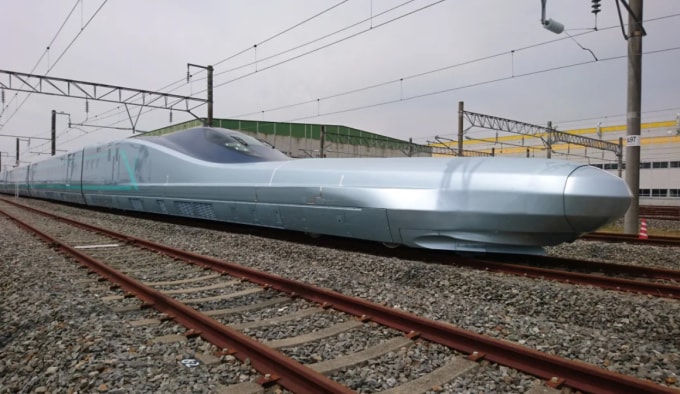
Witnessing the convenience and success of the Shinkansen, many countries around the world have built and developed high-speed rail lines over the past four decades. Italy, Germany, the Netherlands, Türkiye, and the UAE currently operate high-speed rail lines connecting major cities, directly competing with domestic and international airlines. India and Thailand are also planning to develop their own high-speed rail networks. China has also built the world's longest high-speed rail network, with a total length of nearly 45,000 km as of the end of 2023.
VN (according to VnExpress)Source: https://baohaiduong.vn/tau-cao-toc-shinkansen-thay-doi-du-lich-nhat-ban-the-nao-394766.html


![[Photo] Explore the US Navy's USS Robert Smalls warship](/_next/image?url=https%3A%2F%2Fvphoto.vietnam.vn%2Fthumb%2F1200x675%2Fvietnam%2Fresource%2FIMAGE%2F2025%2F12%2F10%2F1765341533272_11212121-8303-jpg.webp&w=3840&q=75)




![[Photo] The captivating scenery of the fragrant maple forest in Quang Tri](/_next/image?url=https%3A%2F%2Fvphoto.vietnam.vn%2Fthumb%2F1200x675%2Fvietnam%2Fresource%2FIMAGE%2F2025%2F12%2F10%2F1765353233198_lan09046-jpg.webp&w=3840&q=75)
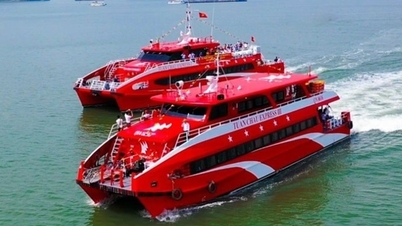
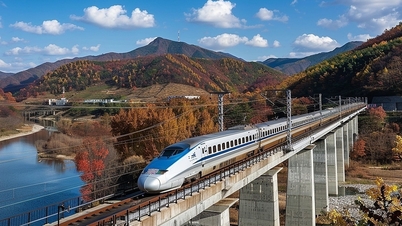
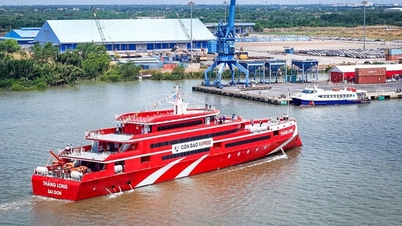
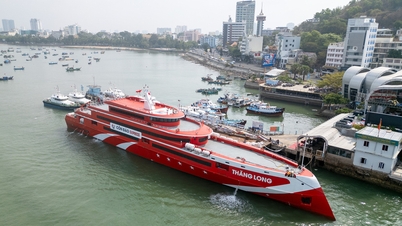
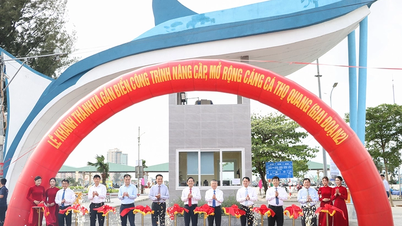







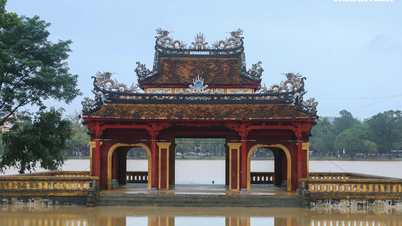








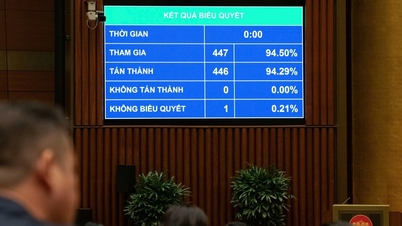







![[Video] The craft of making Dong Ho folk paintings has been inscribed by UNESCO on the List of Crafts in Need of Urgent Safeguarding.](https://vphoto.vietnam.vn/thumb/402x226/vietnam/resource/IMAGE/2025/12/10/1765350246533_tranh-dong-ho-734-jpg.webp)
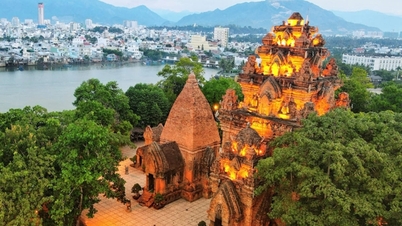






























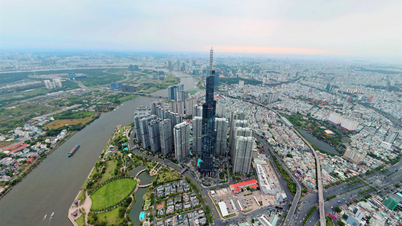
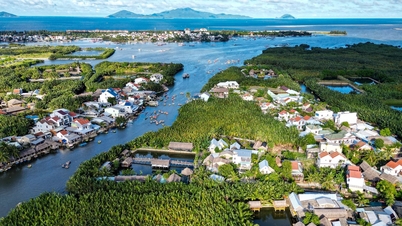


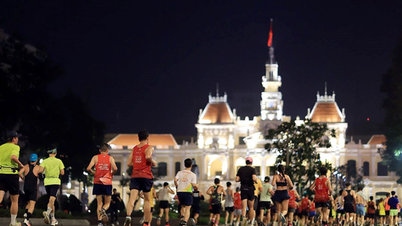




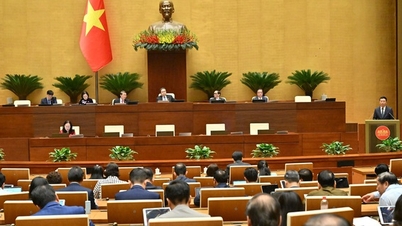

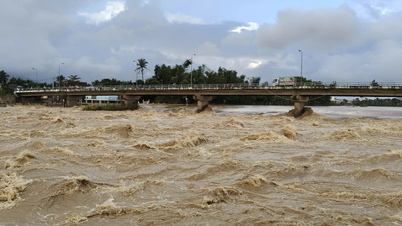

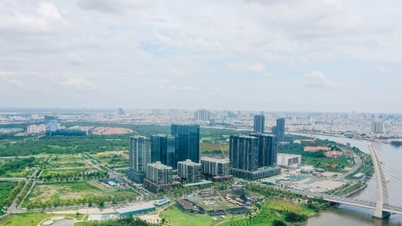

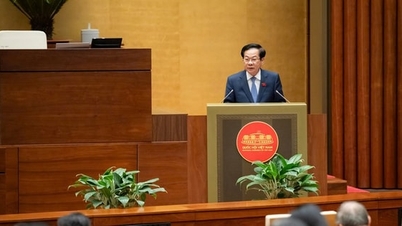

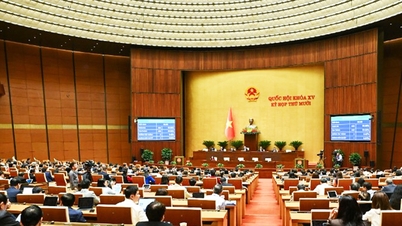

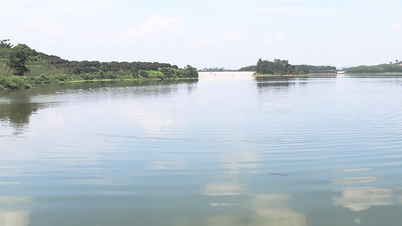










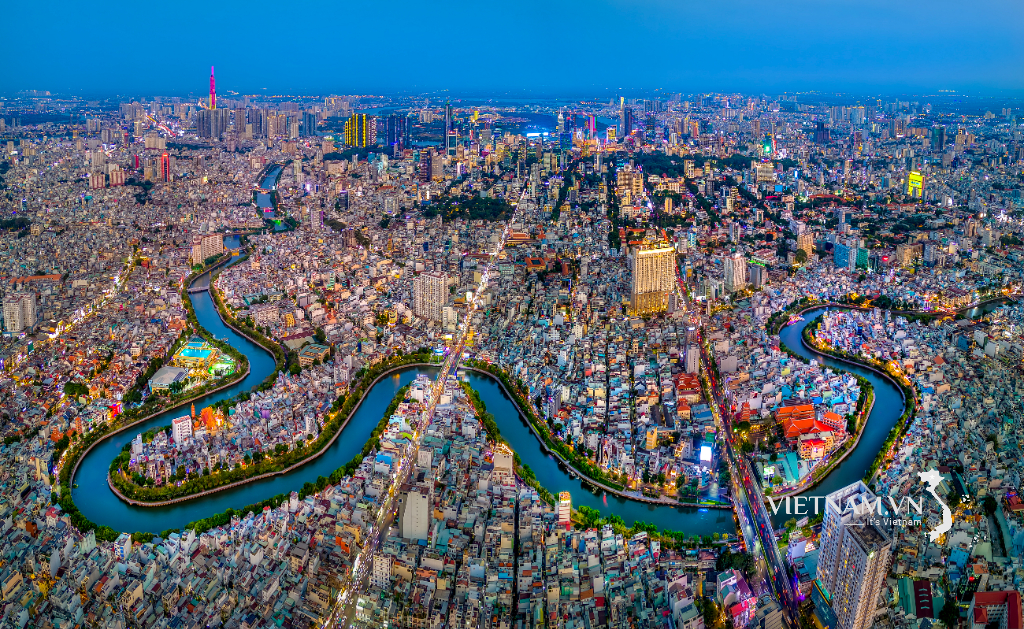






Comment (0)